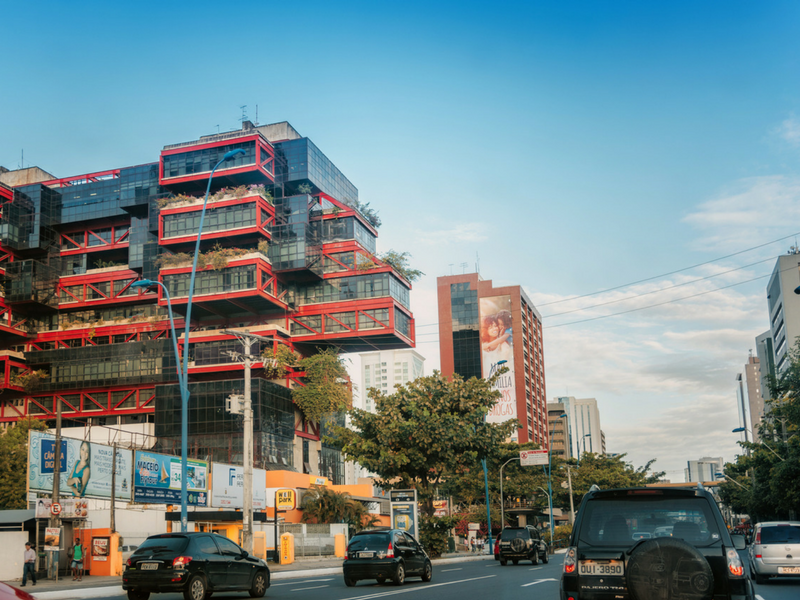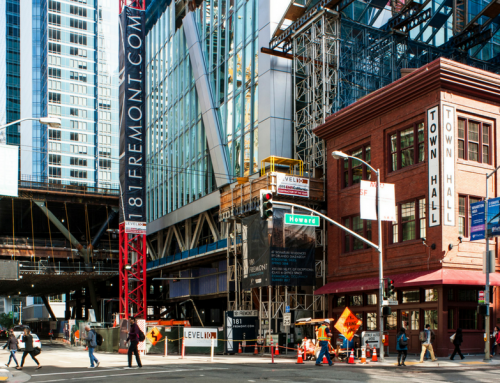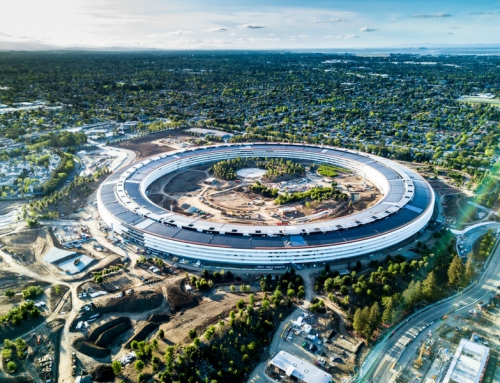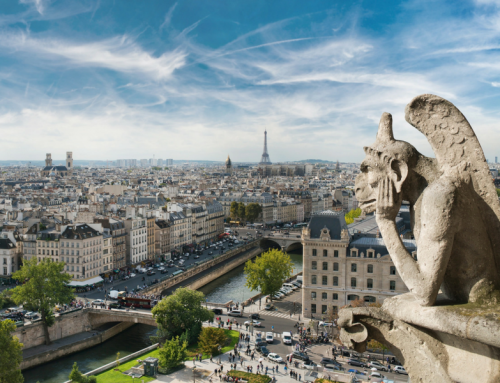Nrew sustainability practices take LEED certification even further.
Most everyone in the construction industry is trying to design and construct buildings that take less from the environment and give more back. In San Francisco, you cannot build a building without it being LEED Green, LEED Gold, or LEED Platinum.
The 800-foot-tall tower at 181 Fremont, which we discussed in a previous article, incorporates state-of-the-art resiliency elements to protect from wind and earthquakes. Its sustainability elements are equally advanced. For example, the building features on-site gray water recycling as well as co-generation, which means 181 Fremont recovers otherwise wasted thermal energy for heating. (Tri-generation, another innovation applied to some buildings, can simultaneously generate electricity, heat, and cooling.) Additionally, the saw tooth design of its curtain wall means that 181 Fremont passively reduces solar gain by six percent.
The LEED Platinum pre-certification for 181 Fremont—currently the highest rating for high-rise towers—is achieved by incorporating sustainable building practices and technologies throughout the project, and by having MEP (Mechanical, Engineering, and Plumbing) consultants and LEED consultants on board from the onset.
High-rises today are designed to adapt to and benefit their surrounding environments.
“Buildings tend to be thought of as static edifices that remain the same over decades,” write Sarah Nugent, Anne Packard, Erica Brabon, and Stephanie Vierra (note: all women) of Vierra Design & Education Services in the article, “Living, Regenerative, and Adaptive Buildings.”
Far from “static edifices,” in fact, one of the more recent concepts within the industry is that these buildings are alive. They breathe. Some are “net-zero”: the energy taken from the environment is less than the energy returned to the grid. A net-zero building’s energy needs are obtained entirely from on-site renewable sources, including photovoltaics, wind turbines, and fuel cells powered by hydrogen generation.
Vierra Design writes, “These buildings differ in their innovative strategies and technologies that seek to integrate and restore the natural environment rather than just addressing the building design itself.”
Cutting-edge green trends include the design and construction of living buildings, regenerative buildings, and restorative buildings.
Living buildings “either are autonomous and not reliant upon the electrical grid, or, in accordance with the concept of net-zero, they take in resources (from the electrical grid, public water supply, etc.) at levels equal to or less than what they return to the community and the environment (in renewable energy, recyclables, etc.).” In the event of emergencies, living buildings can provide their power.
Regenerative and restorative buildings take sustainability one step further. These buildings surpass living building levels by “improving the surrounding environment such as restoring a site’s natural hydrology or providing for lost wildlife and plant habitat. These buildings not only produce all of their energy, capture and treat all water, but are also designed and operated to have a net-positive impact on the environment, including repairing surrounding ecosystems.”
Another category of green building, adaptive buildings are designed to respond to changes in technology and climate. These structures may utilize flood resistant materials and drainage planning, drought resistant landscaping, passive cooling, planting for shade, enhanced foundations, and careful planning of vegetation, ensuring buildings do not obstruct biodiversity corridors.
For many years now, Lynn Simon, an architect and senior executive with Thornton Tomasetti, has been spearheading green design. She’s a strong proponent of the above trends in living, regenerative, and adaptive buildings, but the real problem, she says, is all the old buildings.
New buildings are required to meet certain green standards, but, she said, “You would be amazed at what a footprint the older buildings have.”
At present, retrofitting an old building is complicated and costly. That’s no secret. However, Lynn said, that’s exactly where a lot of the focus should be—how to make the retrofitting practice more efficient, less expensive, and more widespread—because those buildings cause a lot of environmental problems.
If a young scholar with a technical bent learns that these old buildings are problematic for our environment, he or she might start thinking about how you make that change. How do you lower the environmental footprints of older buildings? How does one go into a city full of old buildings and address this problem?






